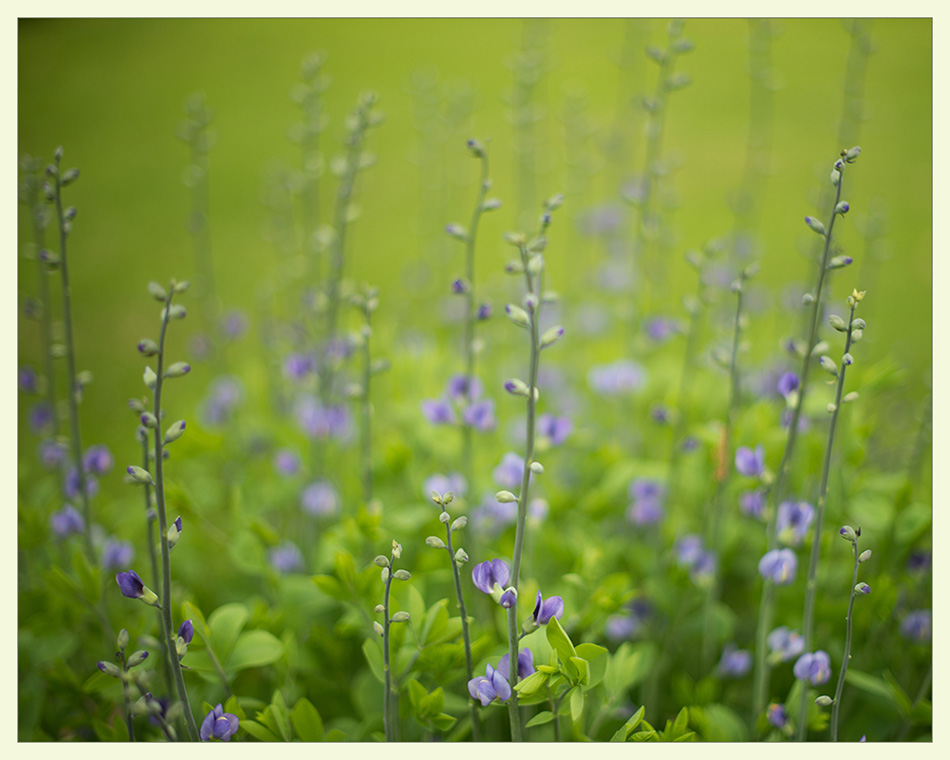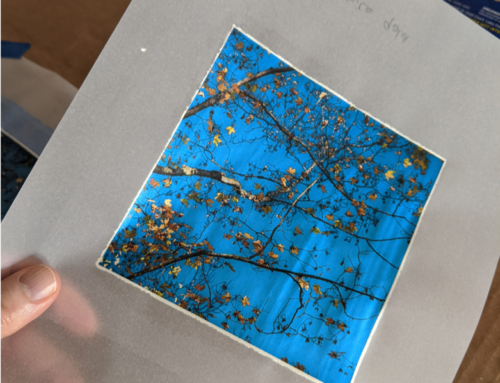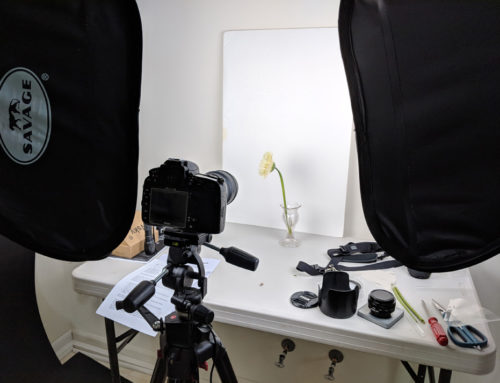Blue Indigo, aka Blue false indigo, wild indigo, or Baptisia australis, has inhabited part of my garden for several years now. I bought the plant at a garden club sale, only a few green shoots showing above the soil in the pot. I had a vague notion of what it might look like but was in a “why not?” mood so purchased and gave it a home near the front of the garden. It took a few years to reach it’s full glory, but glorious it was! For a week or two in May the 4 foot high, narrow stems are covered in deep blue, almost purple blossoms. The whole 3 feet in diameter cluster of blue indigo would sway gently in the spring breezes. It was a brief ( I actually missed it a few years because of traveling) and oh so lovely show.
One thing that gardening over the years has taught me is how much change is a natural part of gardening and life.
Last Friday was another of those lessons. We decided to take out the garden that was home to the blue indigo. Life now holds too many other adventures that take time away from tending gardens. Eliminating one of the gardens would give us more time for those adventures.
While making that decision, I realized I have never photographed the blue indigo. I wanted to capture just a bit of the beauty that it has shared with me the past several years.
Before photographing any subject, there always needs to be a decision made as to how best to capture that particular subject.
Just putting the camera on automatic, standing back from the subject and snapping the shutter will most likely result in a simple document photograph of the subject. To capture the character of a subject, the feeling associated with it, more thought needs to be involved.
For the blue indigo, I knew that I wanted to isolate some of the blooms as well as capture the light, airy quality of the plant. To do that, I decided to use a lens that would give me really nice bokeh. Briefly defined, bokeh is that soft blurred quality in the background. It tends to focus your attention more on the subject but also, for me, gives more emotion to the image. It often reminds me of my favorite art movement, Impressionism.
For those interested in the technical details of how I photographed the blue indigo, I used a 50mm f1.4 lens and sometimes added a close-up filterto capture some of the details.
These images truly capture the essence of the blue indigo for me.

Blue Indigo-1 ©Gail Haile

Blue Indigo-2 ©Gail Haile

Blue Indigo-3 ©Gail Haile

Blue Indigo-4 ©Gail Haile

Blue Indigo-5 ©Gail Haile

Blue Indigo-6 ©Gail Haile




Leave A Comment